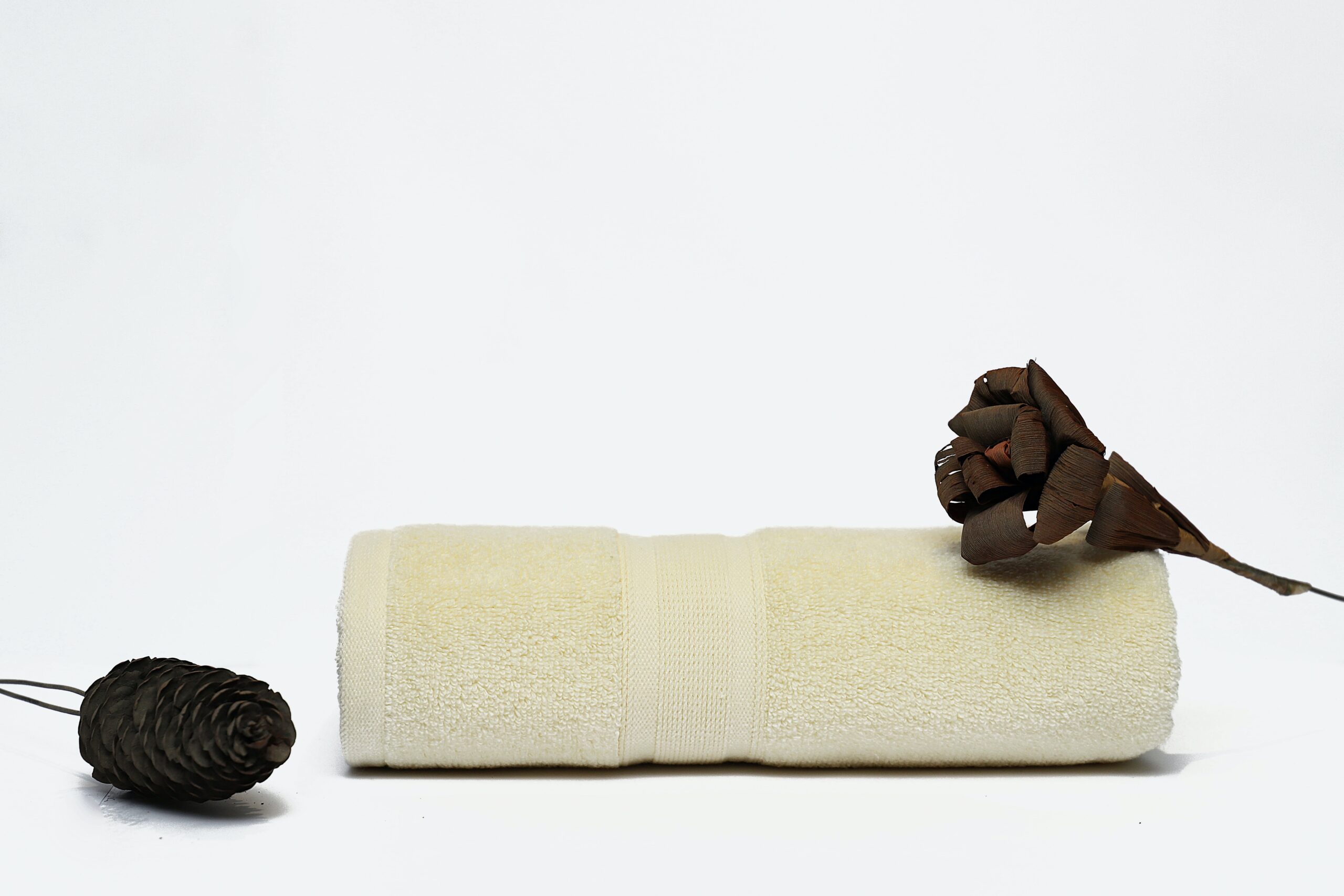Sunnundalu Recipe Without Coconut Easy Cooking Recipe
Know the details about the Sunnundalu Recipe Without Coconut Easy Cooking Recipe, Sunnundalu Recipe Without Coconut Best Recipe Process
Sunnundalu: A Time-Honored Delicacy from Andhra Pradesh
In the rich tapestry of Indian sweets, Sunnundalu holds a special place, especially in the southern state of Andhra Pradesh. These traditional laddus, made from urad dal (black gram), sugar, and ghee, are a symbol of celebration, well-being, and cultural heritage. This post offers a deep dive into the beloved sunnundalu, focusing on a variant that eschews coconut for a simpler, yet profoundly satisfying taste.
Sunnundalu Recipe Without Coconut Easy Cooking Recipe
The Essence of Sunnundalu
Sunnundalu has centuries-old roots in Andhra Pradesh’s culinary traditions. Initially prepared as a nutritious snack for warriors, it has evolved into a festive treat, enjoyed by all ages. Its nutritional benefits, coupled with its rich taste, have cemented its status as a dietary staple during festivals, religious ceremonies, and significant life events.
Why Sunnundalu Matters
Beyond its delicious taste, sunnundalu embodies the spirit of Andhra’s hospitality and generosity. Offering sunnundalu to guests is a sign of respect and affection. It’s not just food; it’s a gesture that binds communities and passes on traditions from one generation to the next.
Ingredients Required
Creating sunnundalu requires simple, yet quality ingredients:
- Urad Dal (Black Gram) – 1 cup
- Sugar – ¾ cup (finely powdered)
- Ghee (Clarified Butter) – ½ cup
- Cardamom Powder – 1 teaspoon
Nutritional Profile
Sunnundalu is a powerhouse of nutrition. Urad dal is rich in protein, fiber, and essential vitamins, making it an excellent energy booster. Ghee adds healthy fats, enhancing the body’s absorption of nutrients. Together, these ingredients create a wholesome, balanced sweet.
Preparation and Cooking Time
- Preparation Time: 15 minutes
- Cooking Time: 20 minutes
Overview of Cooking Procedure
The art of making sunnundalu lies in roasting the urad dal to perfection, blending it with sugar, and forming a pliable mixture with ghee, ready to be shaped into laddus.
Step-by-Step Cooking Procedure
- Roast the Urad Dal: Begin by dry roasting the urad dal on a medium flame until it turns a rich golden color with a fragrant aroma. Ensure constant stirring for even roasting.
- Cool and Powder the Dal: Allow the roasted dal to cool before grinding it into a fine powder. A high-power blender works best for achieving a smooth consistency.
- Mix the Ingredients: In a large mixing bowl, combine the powdered urad dal, sugar, and cardamom powder. Mix them thoroughly to ensure even distribution of flavors.
- Bind with Ghee: Warm the ghee and gradually pour it into the mixture, blending it with your hands to form a cohesive dough. It should be moist enough to hold its shape when formed.
- Shape the Laddus: Take small portions of the mixture and roll them between your palms to form round balls. Apply gentle pressure to ensure they are compact.
Tips for Perfect Sunnundalu
- For a finer texture, sieve the powdered urad dal before mixing.
- Adjust the amount of ghee slightly, depending on the moisture content of the dal mixture.
- If the mixture seems too dry, add a bit more melted ghee. If too wet, add a little more powdered dal.
Serving Suggestions and Decoration Ideas
Serve sunnundalu on a festive plate or in a traditional silver bowl to enhance the aesthetic appeal. Garnish with a light dusting of cardamom powder or press a single raisin into the center of each laddu for a touch of elegance.
Additional Insights
- Sunnundalu can be stored in an airtight container at room temperature for up to 10 days, retaining its freshness and flavor.
- It’s a versatile recipe; experiment with adding nuts like almonds or cashews for a crunchy texture.
FAQs
Can we make sunnundalu without sugar? Yes, you can substitute sugar with jaggery powder for a different flavor profile and added health benefits.
Is it possible to use oil instead of ghee? While ghee is preferable for its taste and nutritional properties, you can use coconut oil for a vegan version. However, this will alter the traditional taste.
Why is my sunnundalu crumbly? This usually indicates a need for more ghee. Add melted ghee little by little until you reach the desired consistency.
Sunnundalu is not just a sweet; it’s a cherished part of Andhra Pradesh’s cultural and culinary identity. Whether celebrating a special occasion or savoring a quiet moment, sunnundalu offers a taste of tradition that continues to resonate across generations.

